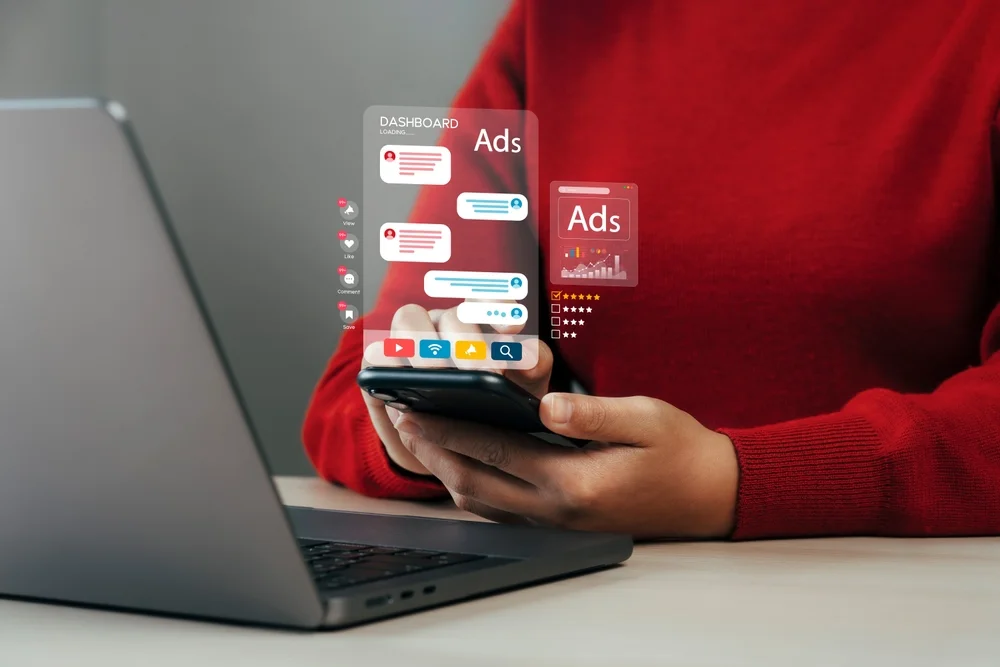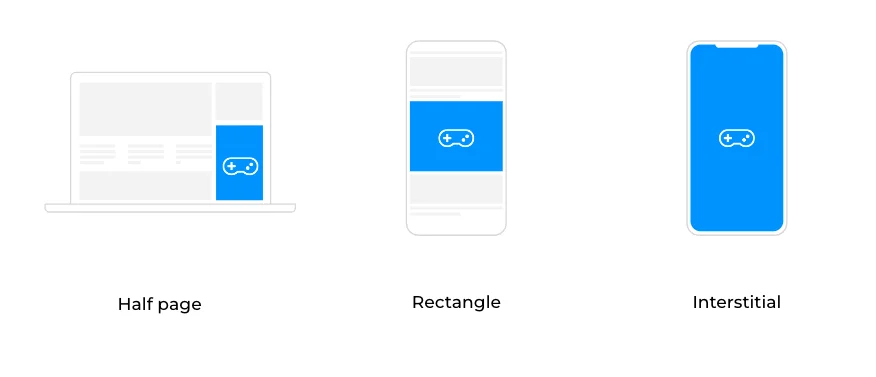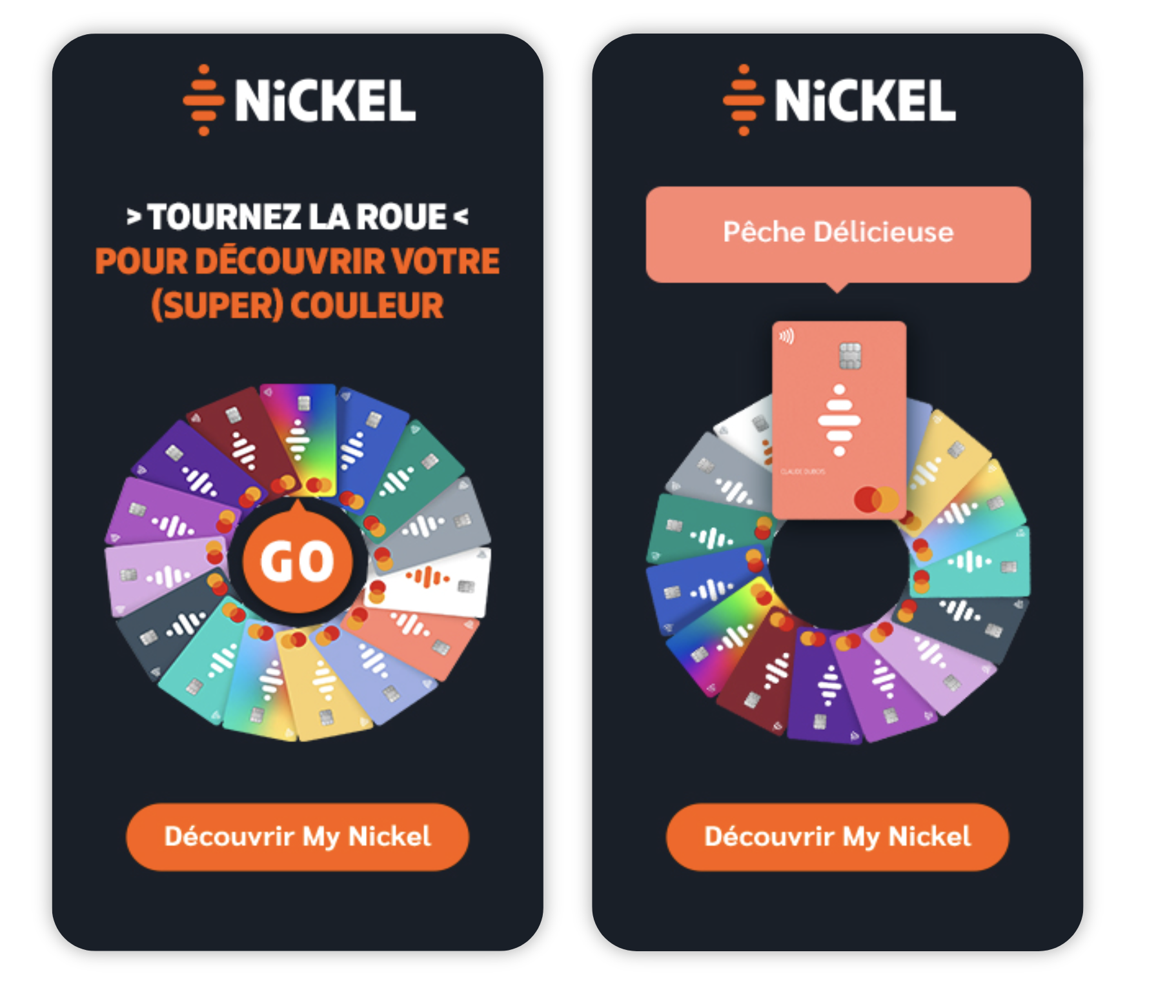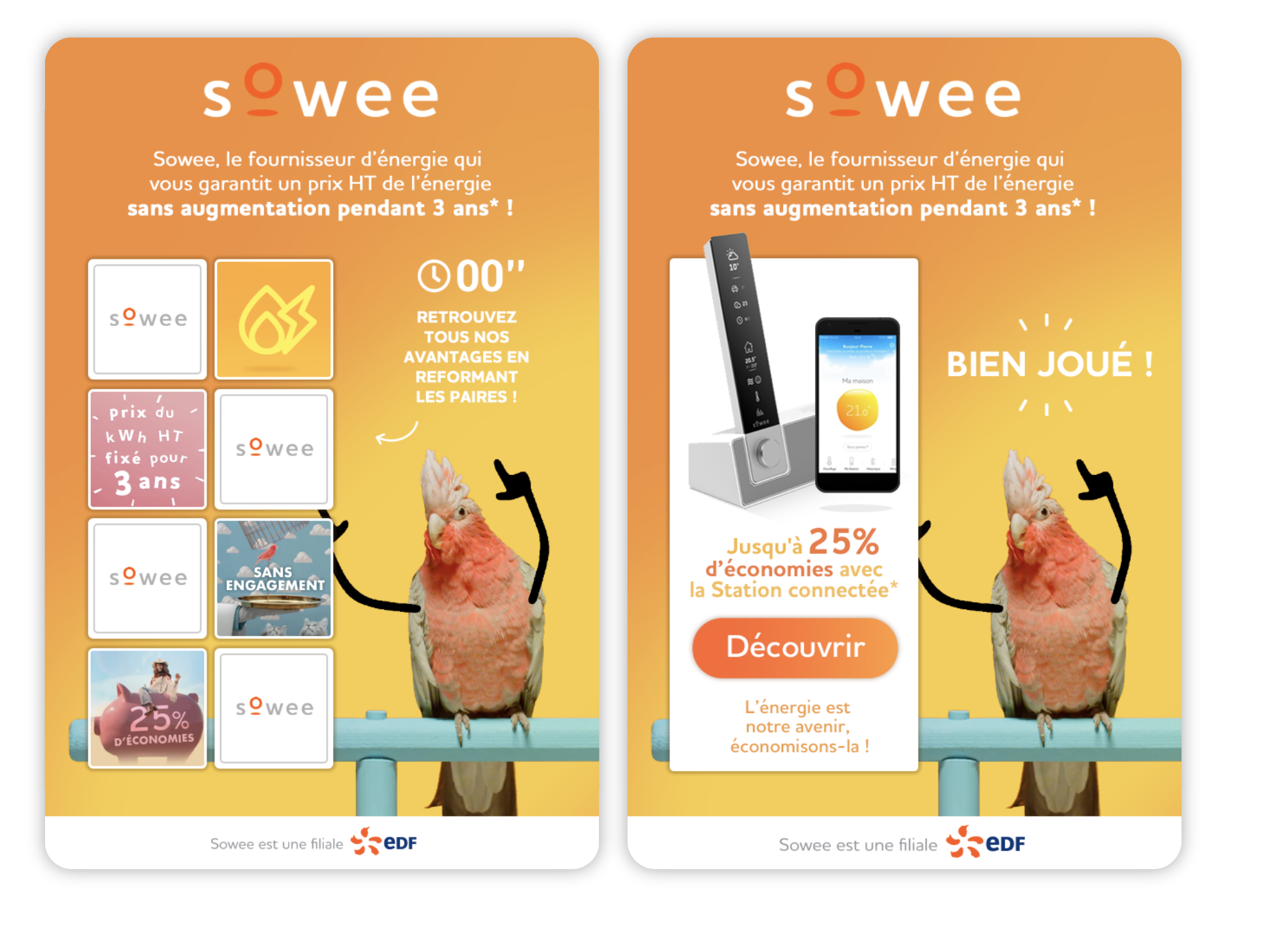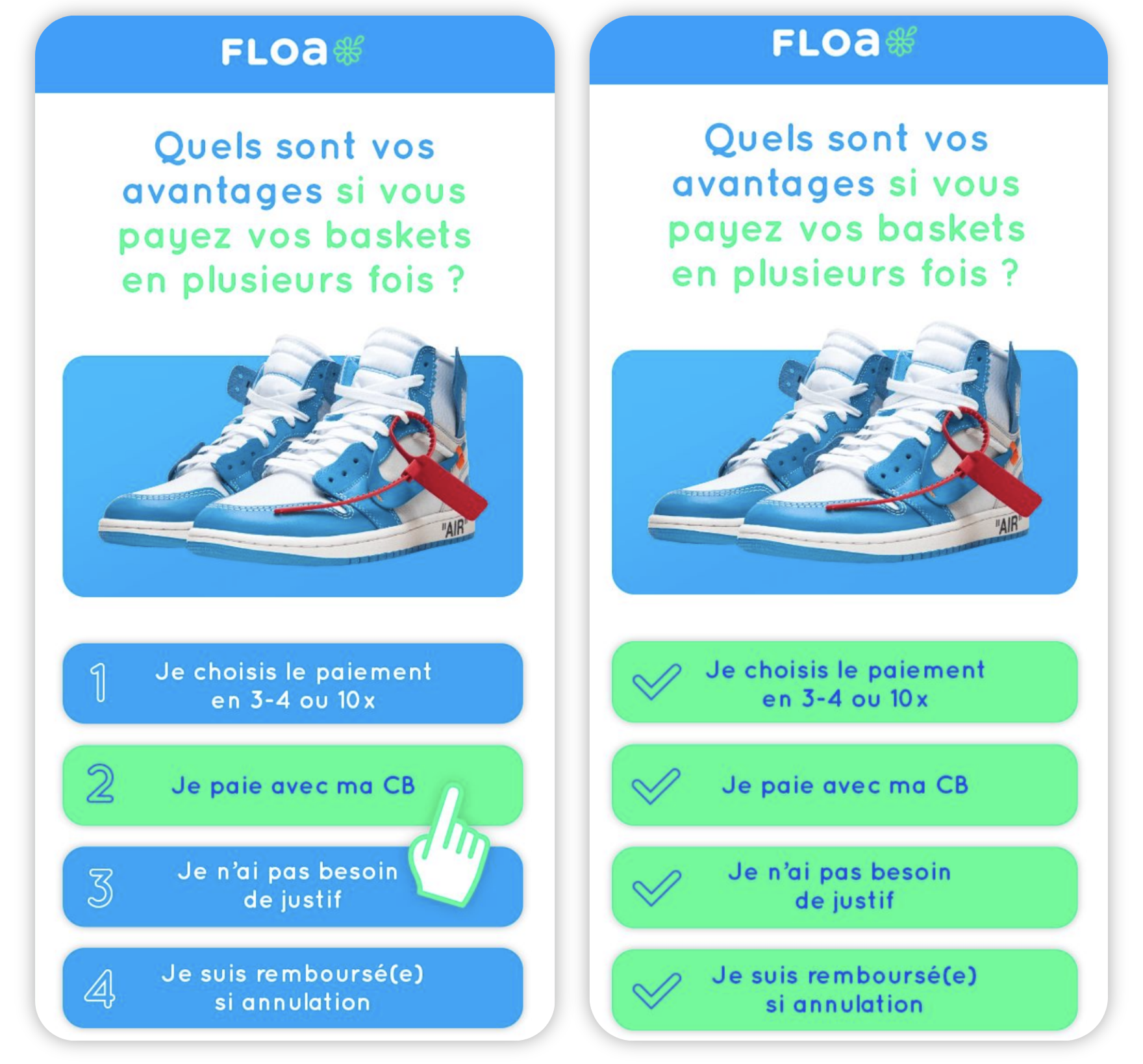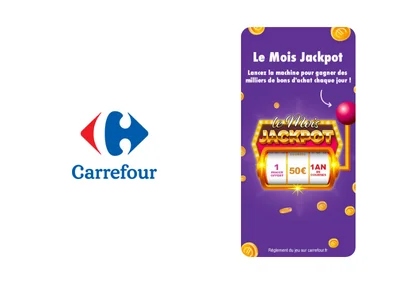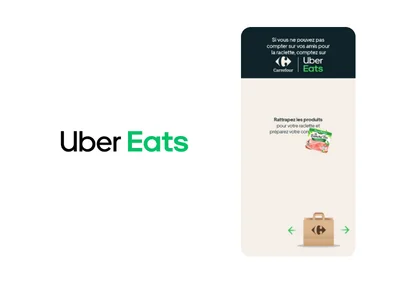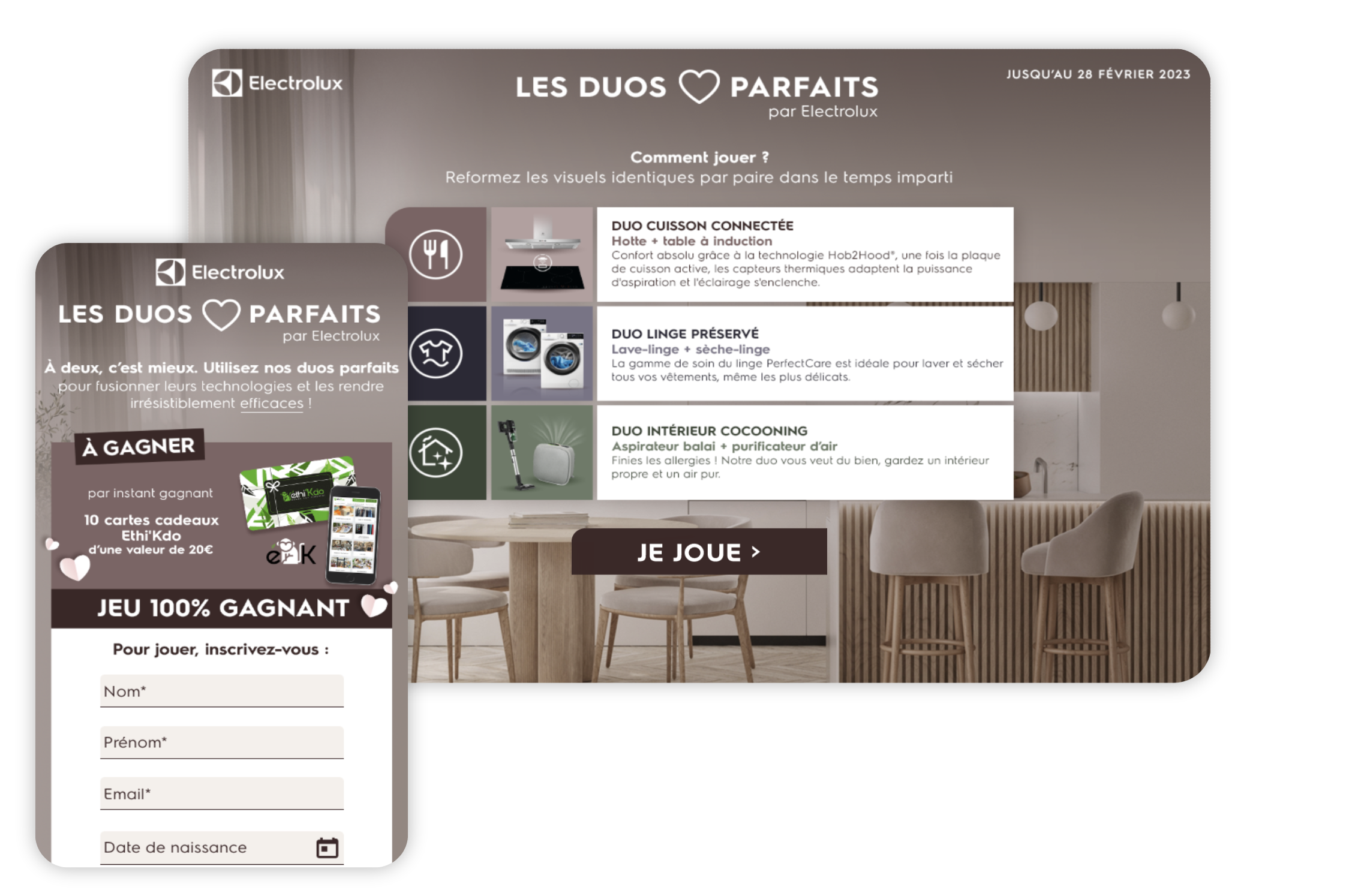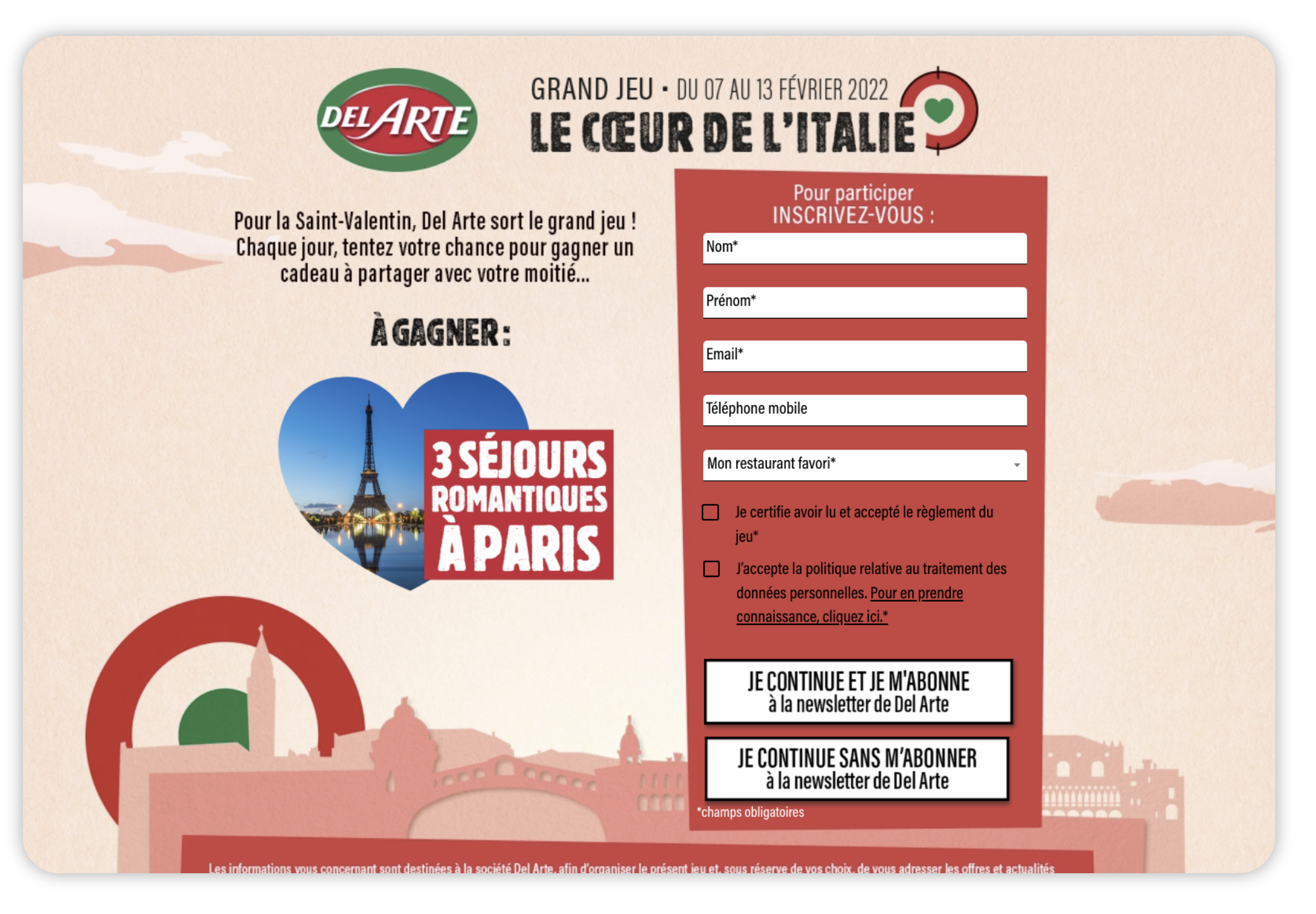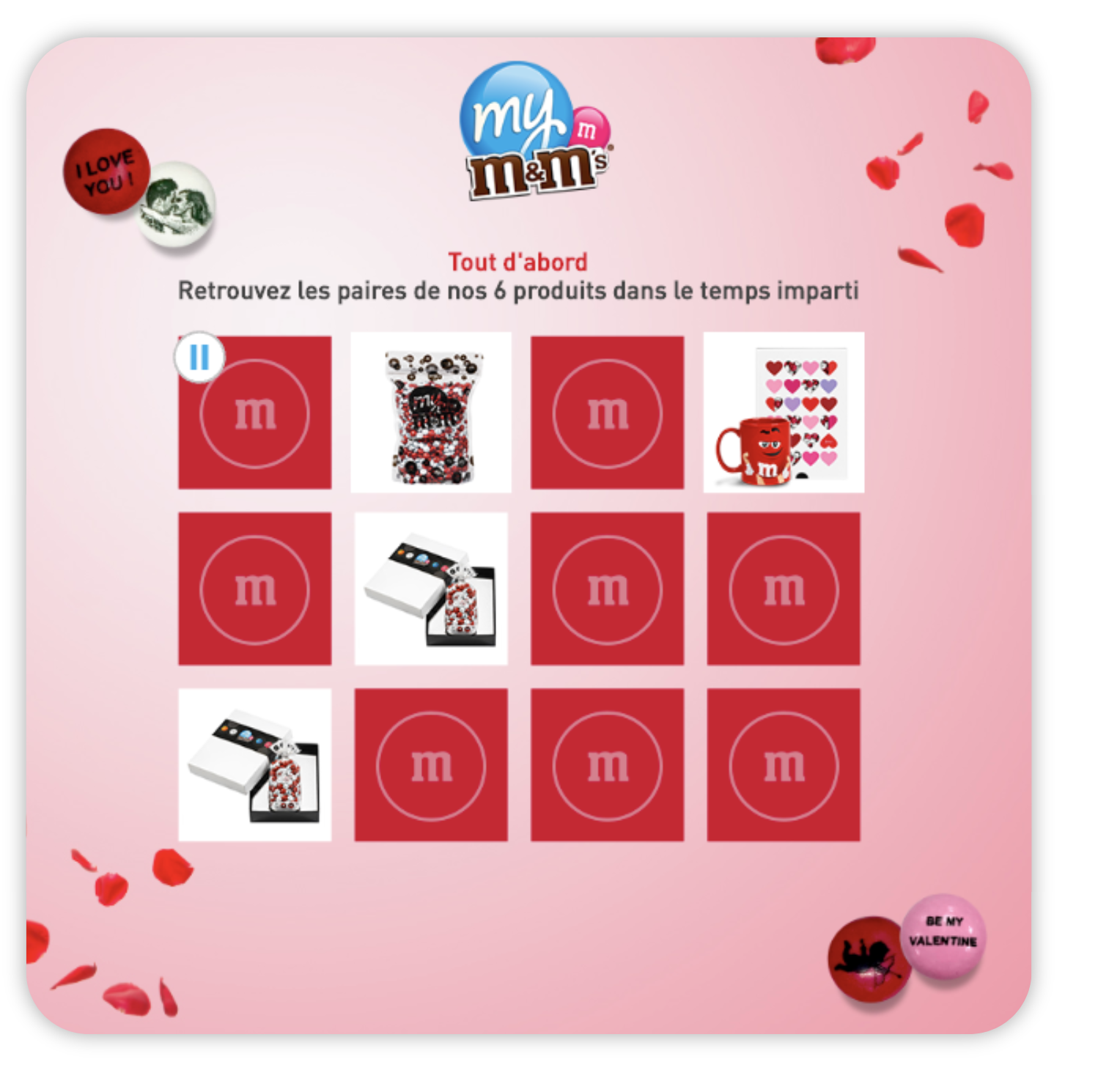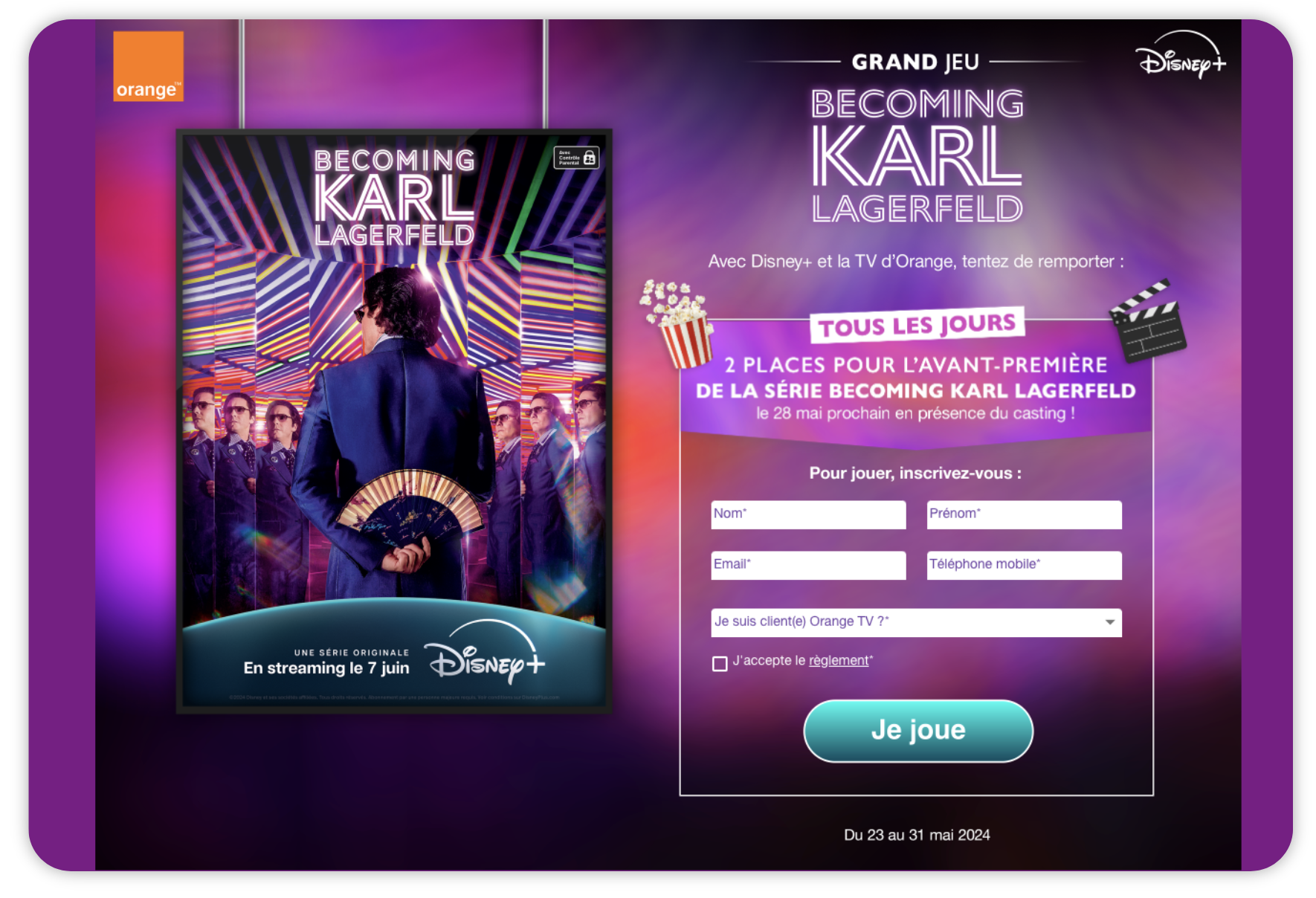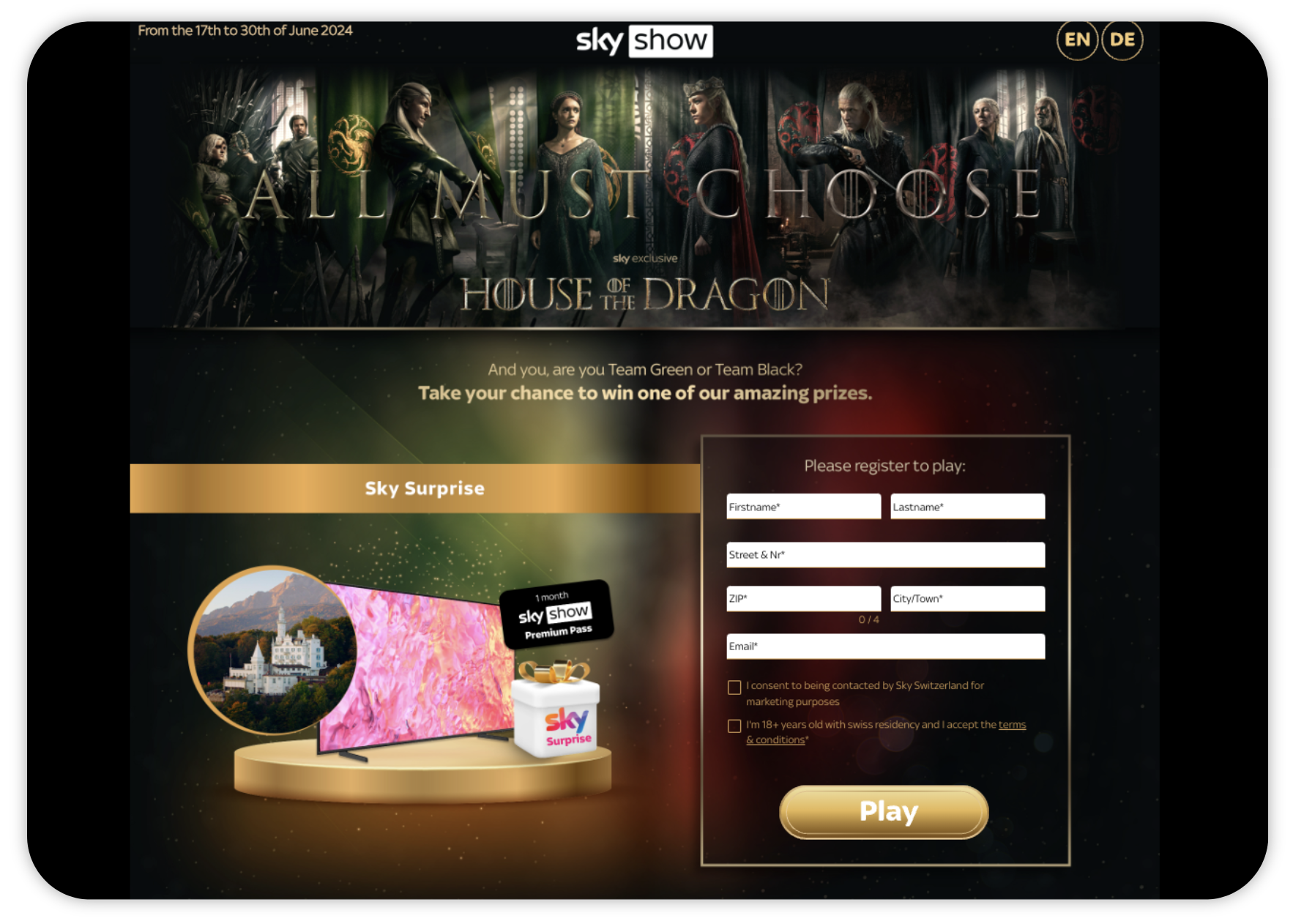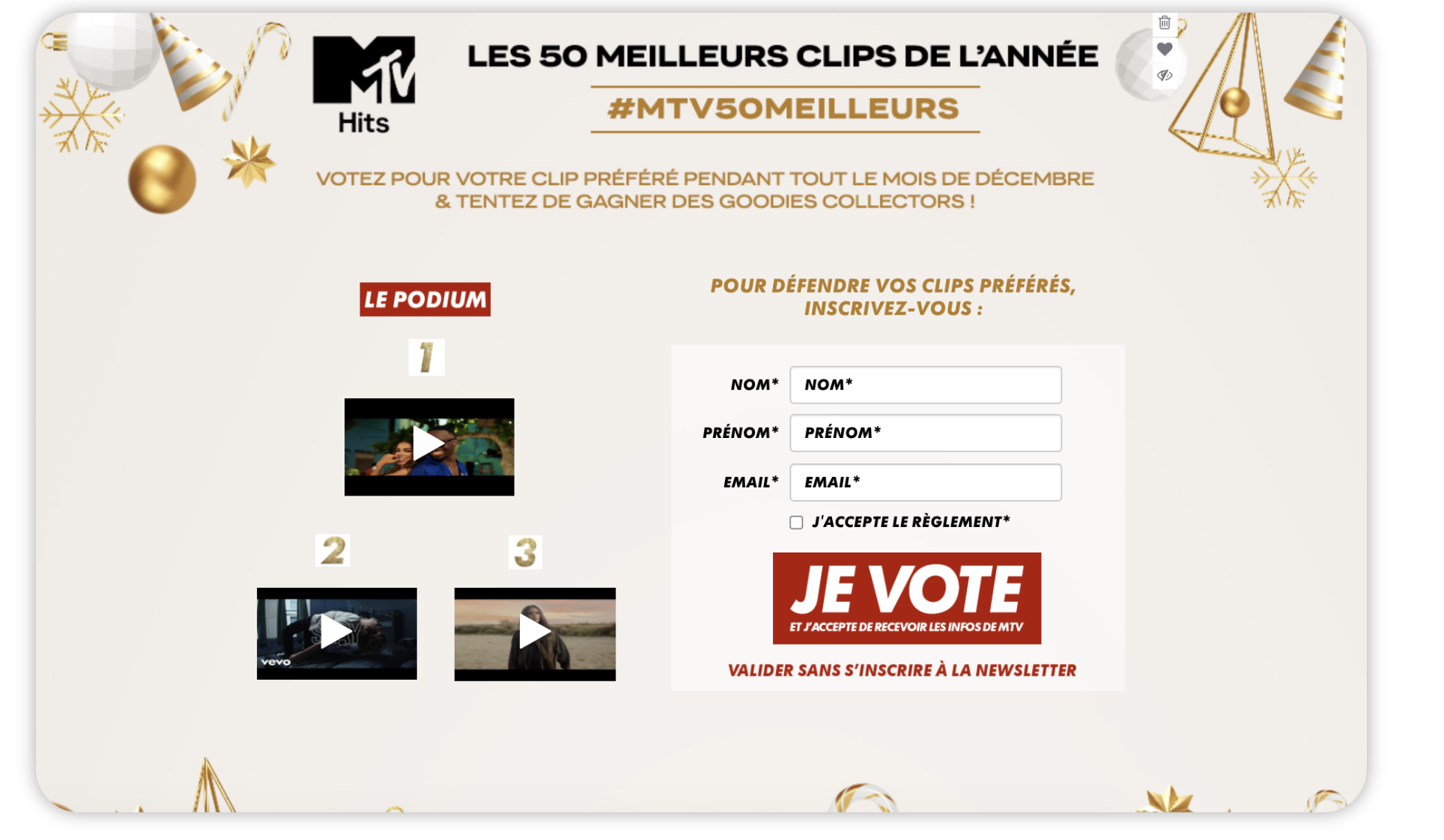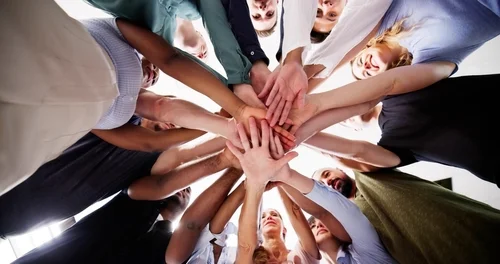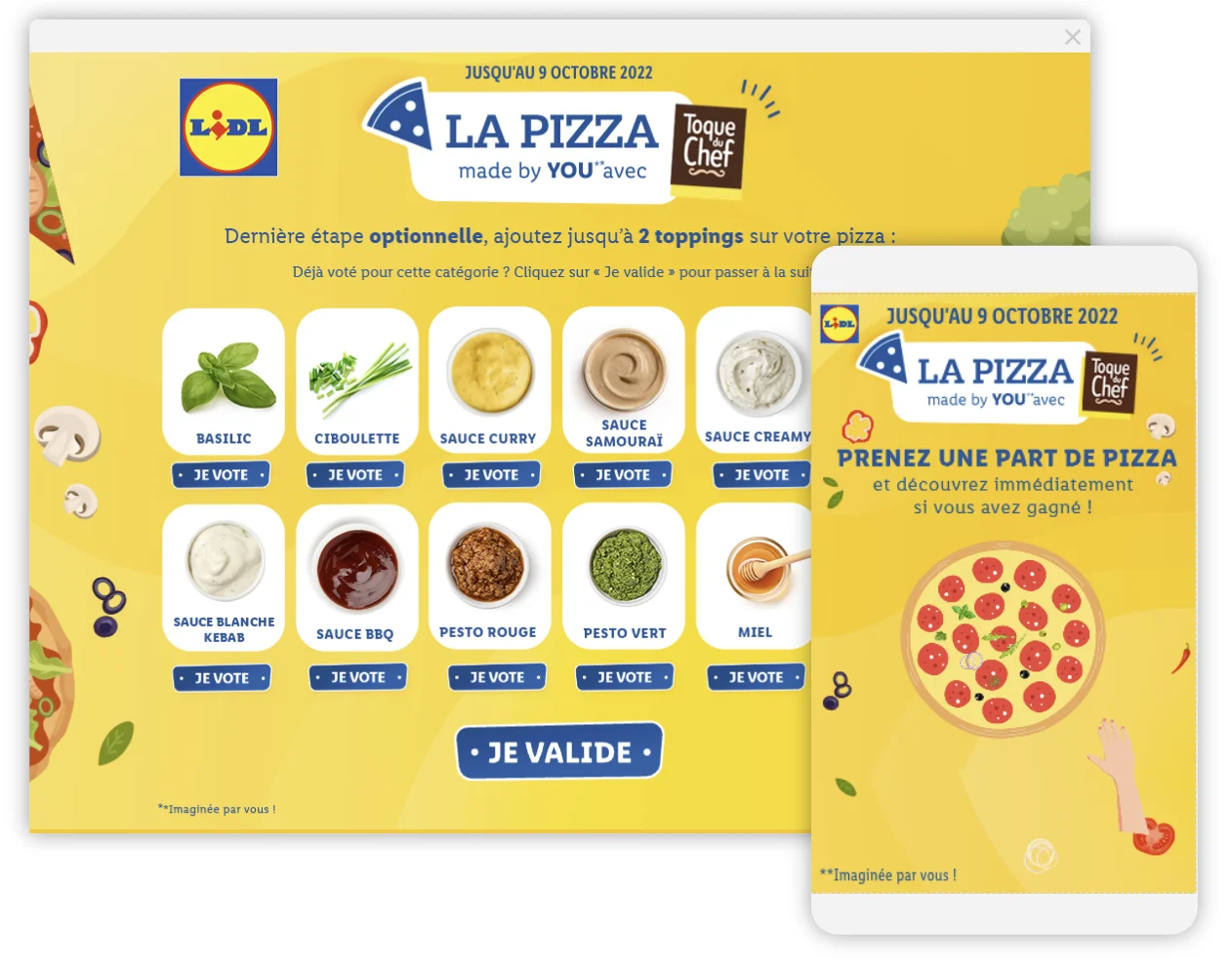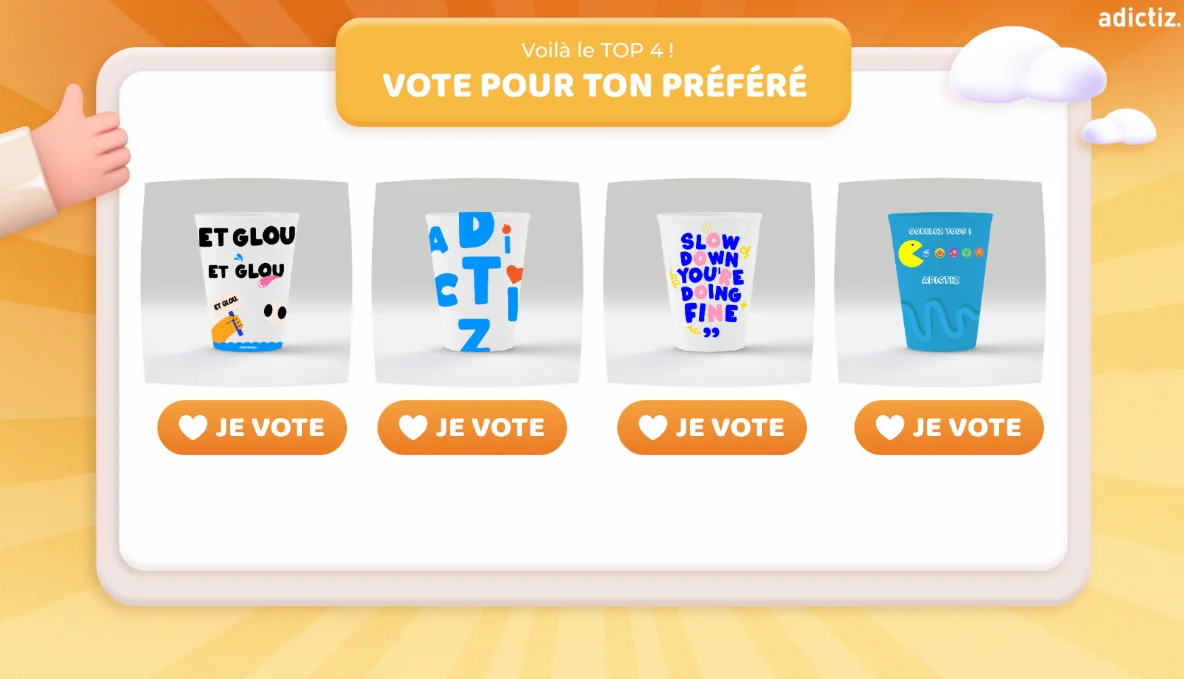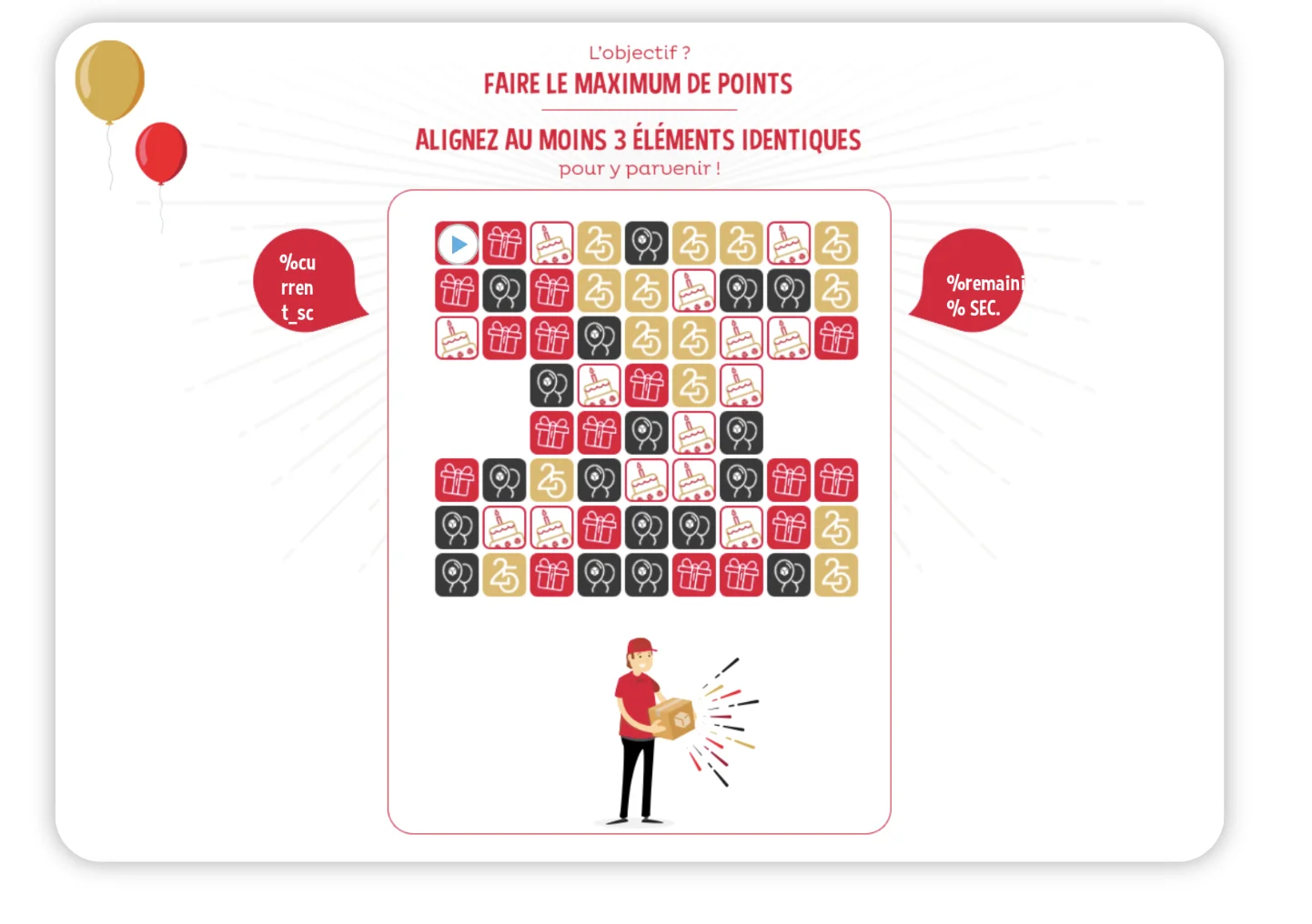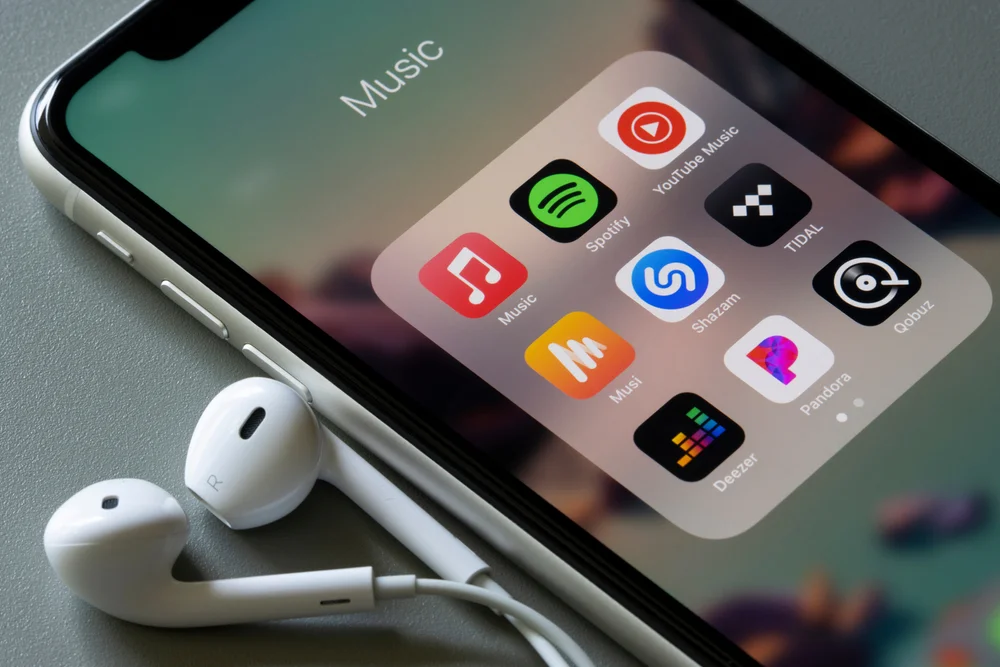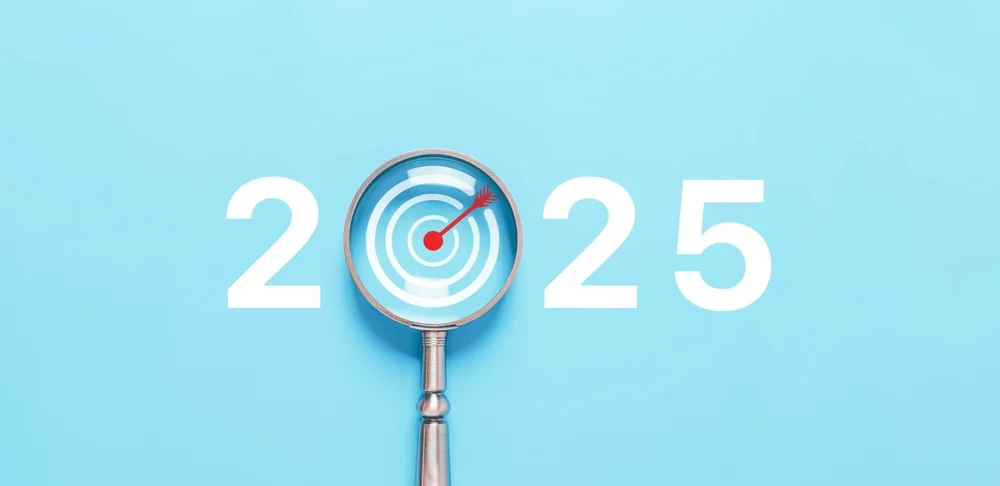
2025 marketing calendar: playable marketing ideas
S’appuyer sur un calendrier marketing est essentiel pour planifier ses différentes animations marketing en fonction de sa stratégie. En effet, selon les secteurs d’activité, les spécificités des audiences mais aussi des objectifs que les marques se fixent, celles-ci peuvent se positionner sur différents temps forts, tout au long de l’année. Dans cet article, nous creusons donc l’importance de créer et optimiser son calendrier marketing 2025.
Quels sont les marronniers à ne pas manquer, les objectifs marketing stratégiques qu’ils peuvent vous permettre d’atteindre et les différents formats que vous pouvez diffuser pour animer votre audience ? Voici notre guide complet !
What is a marketing calendar and why create one for your brand?
To be effective, rationalise their efforts and avoid missing an important date, brands need to plan their promotions around the main marketing events of the coming year.
The marketing calendar enables brands to engage their prospects and customers throughout the year. It includes all the key dates: Sales, Black Friday, Mother’s and Father’s Day, Christmas , Valentine’s DayBrands know exactly when to broadcast their campaigns. The is to capitalise on purchase intentions, for example, or simply to animate their community and stay top of mind.
Different marketing themes to activate different strategic objectives
Beyond the commercial evergreen contents, planning the 2025 marketing calendar should be an opportunity for brands to choose the right highlights for their vertical and their audience. The idea is not to position yourself on every holiday and event of the year. But rather to identify those that resonate with prospect and customers and that are aligned with the company’s overall objectives.
End-of-year festivities, sales of seasonal events can be ideal occasions to launch interactive campaigns focusing on discounts or exclusive offers to generate more sales! But special occasions such as sporting events and international days (for pizza, pets, etc.) can also enable brands to raise their profile or raise awareness of their commitments (via interactive quizzes, for example).
More generally, events planned throughout the marketing calendar can be aimed at stimulating and engaging the community. Commercial highlights are an opportunity to multiply the points of contact with your audience. It’s also a good time to strenthen ties and achieve love brand status
In this way, brands can move away from a purely transactional relationship with their community. The idea is to encourage exchanges through interactive activities. Competitions to showcase their creativity, sports games to capitalise on the excitement of a sporting event. By adopting different playable marketing formats , with this new technology, companies can entertain and activate their audience throughout the year. They can also adopt target different objectives and adapt to different types of event (commercial, sporting, cultural, institutional, etc.)
4 ideas for interactive animations for your 2025 marketing calendar
As we have just seen the whole point of creating a marketing calendar is to be able to identify the relevant commercial highlights for its brand. But also to vary the entertainment offered to your audience!
Engaging customers, recruiting new prospects, collecting data to personalise future campaigns or generating sales… here are 4 playable marketing formats for 4 marketing events in 2025.
1. A Gift Finder for Valentine’s Day
Valentine’s Day is the ideal opportunity for brands to capitalise on the purchasing intentions of consumers looking for a gift for their loved one. It’s also the perfect time to offer a Gift finder to its audience. This gamified animation enables participants to answer a series of questions and then access a personalised recommendation of products or services to offer their partner.
Why this Playable marketing idea works: The Gift finder not only boosts Valentine’s Day sales by intelligently redirecting prospects to products or services that are likely to interest them. But its also an excellent format for collecting data (particularly product preferences) on your audience so that you can activate them more effectively in future campaigns.
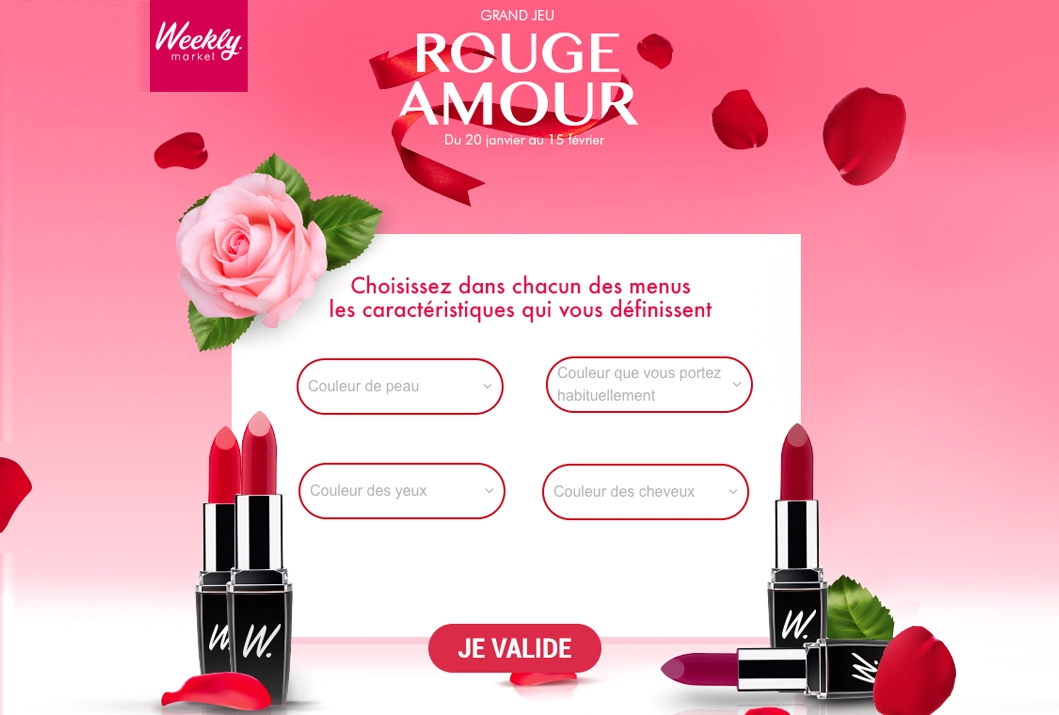
2. An anecdote competition for Mother’s Day
For Mother’s Day, brands can enliven their community by organising a competition. Plutôt que de miser sur la photo ou la vidéo, elles peuvent plus facilement engager les acheteurs en les invitant à partager l’anecdote la plus marquante avec leur mère. L’idée étant de partager facilement un contenu de manière anonyme. Les histoires les plus touchantes peuvent être repartagées sur le compte de la marque et les personnes auxquelles elles appartiennent seront récompensées avec des bons d’achat ou des codes promo.
Why this Palayable marketing idea works: competitions allow you to engage your community through creative challenges that are easy to complete. It’s also an excellent way for brands to generate UGC and therefore diversify their content strategy more easily.
3. An Outrun for the Tour de France
Sports games are particularly well suited to major sporting events and competitions. They enable brands to engage their audience by capitalising on the visibility and excitement surrounding the feature discipline. For the Tour de France, companies can share an Outrun on their digital channels or in-store via an interactive terminal.
Why this Palayable marketing idea works: The marketing animation format allows the company to perfectly match the theme of the event. It’s an opportunity to generate engagement with your target audience more easily.
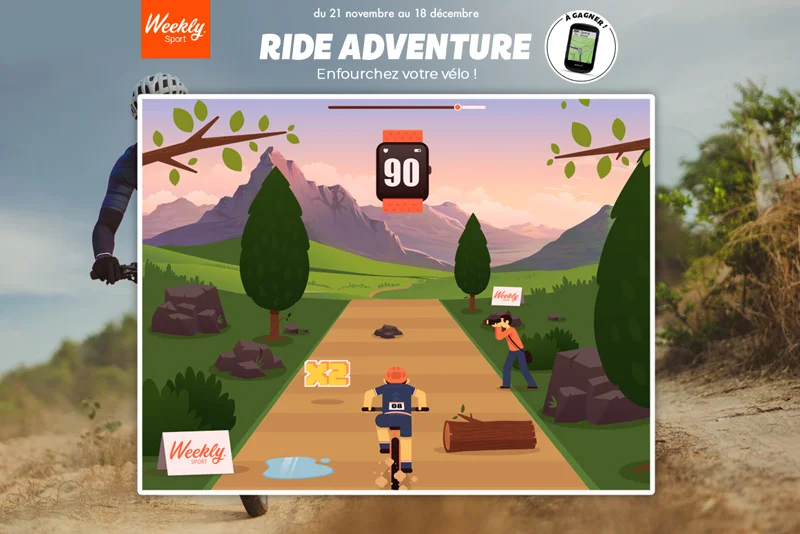
4. A 100% winning One-Armed bandit for Black Friday
Every year, Black Friday is an opportunity for consumers to make savings on their Christmas shopping and treat themselves at a lower cost. For this highlight of the 2025 marketing calendar, brands can offer games like a 100% winning One-armed Bandit to distribute discounts to their audience and generate more sales.
Why this Playable marketing idea works: 100% instant wins make it easier for brands to attract the attention of their prospects, who are particularly solicited during this busy sales period. It’s also a format that’s easy to adapt to your sales-boosting objectives. You can add a deadline or conditions of use (on the online shop, in physical shops, etc.)
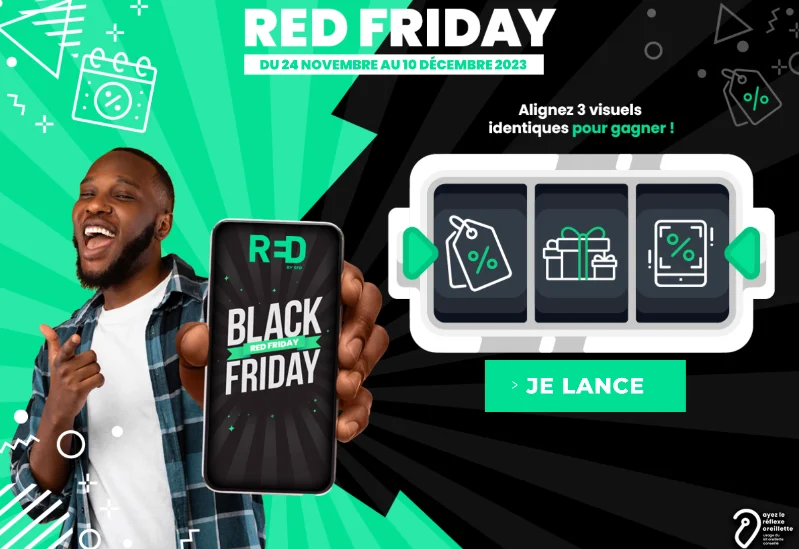
Conclusion
Creating your 2025 marketing calendar is the best way to effectively plan your sales events for the whole year and control your resources (time and money). Download our free comprehensive guide to fine-tune your strategy and optimise your competitions!



